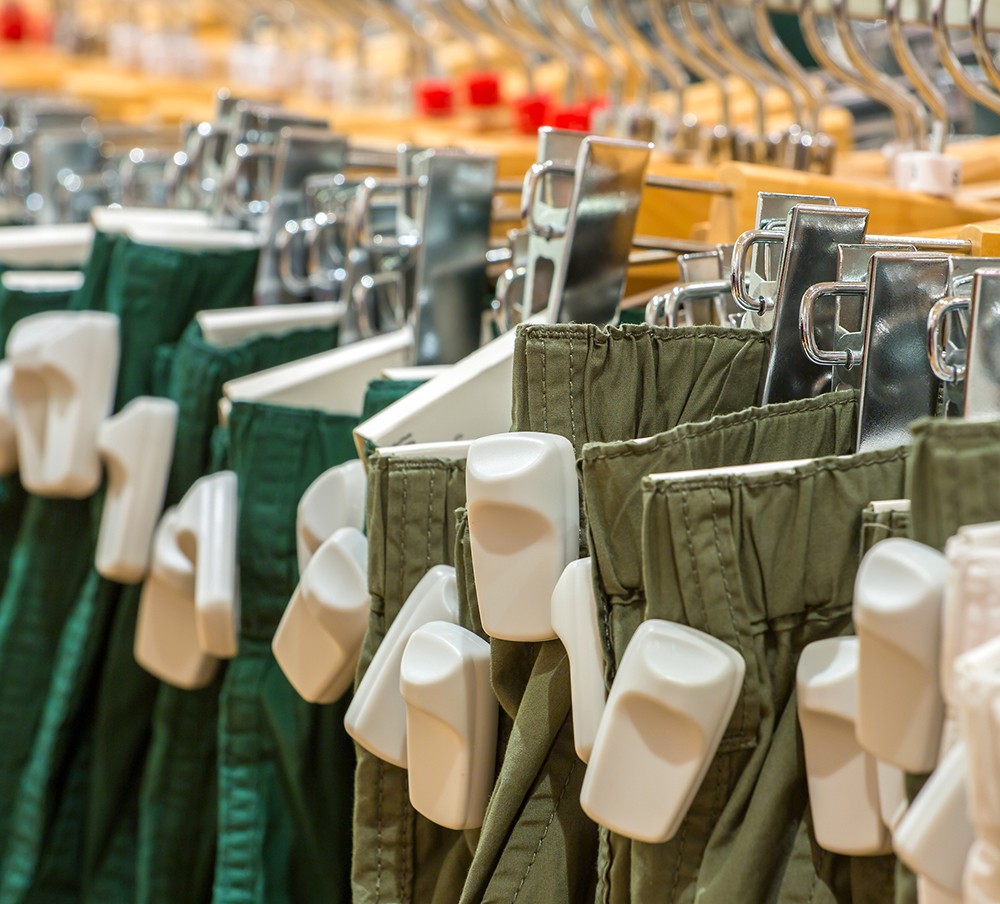
Retail shrink cost US retailers $50.6 billion in 2018
Retail shrink cost US retailers $50.6 billion last year, according to the National Retail Federation (NRF) which released its latest security survey last week.
While the figure represents a value rise on the year prior, the NRF notes the shrink rate is actually holding steady at 1.38 per cent and the increase in the monetary figure is also representative of an increase in sales.
Meanwhile, they note the retail risk landscape is rapidly shifting, with new threats requiring new strategies to combat loss.
Here’s an insight into what their latest security survey found…
The report
Compiled each year, the National Retail Security Survey gathers input from loss prevention professionals based on their experiences in the year prior, as well as their current situations and future plans.
This year’s results indicate a number of new trends are emerging, with an increased focus on organized retail crime, internal theft, cyber crime, and return fraud. Meanwhile, the shrink rate remains “stubbornly steady”.
The shrink rate
The total shrink rate remains at 1.38 per cent, and the NRF explains it has lingered around this point since 2014.
“While the lack of movement in shrink rate might sound like a positive, as LP professionals are well aware, it can mean billions of dollars in losses for the industry overall,” they note.
“Perhaps even more concerning is the spike in the highest levels of shrink: 36.3 per cent of retailers reported shrink rates of 1.5 per cent or higher, up from just under a third (32.7 per cent) in FY 2017. The amount with the highest shrink rate – 3 per cent or higher – has climbed steadily from 6.6 per cent in FY 2014 to 10.9 per cent in FY 2018.”
Shoplifting apprehensions down
In positive news, shoplifting apprehensions have decreased significantly. In 2018 apprehensions, prosecutions and civil demands equaled an average of 1248.9 in total, compared to 2377 in 2017, 2190 in 2016 and an astounding 7458.7 in 2015.
However, the average dollar loss per incident remains high. In 2018, the average cost per incident was $546.67, compared to $543.28 in 2017, $798.48 in 2016, $376.80 in 2015, and $317.84 in 2014.
Emerging threats
Cybercrime, organized retail crime and return fraud are among the emerging threats retailers are now looking to target.
The report noted: “Compared with the last five years, LP leaders say they see a greater urgency in combating various methods of crime. Organized retail crime and cybercrimes in particular are more of an issue. For retailers with fewer than 500 stores, organized retail crime has become much more of a priority. For retailers with more than 500 stores, e-commerce crime has become much more of a priority.”
In terms of statistics:
- Organized retail crime – 28.6 per cent of all retailers said organized retail crime was becoming much more of a priority, while 36.5 per cent noted it was becoming somewhat more of a priority
- Cyber crime – 26.5 per cent of all retailers stated cyber crime was becoming much more of a priority, while 42.9 per cent noted it was becoming somewhat more of a priority
- Internal theft – 25.4 per cent of all retailers stated internal crime was becoming much more of a priority, while 34.9 per cent noted it was becoming somewhat more of a priority
- E-commerce crime – 17.5 per cent of all retailers stated e-commerce crime was becoming much more of a priority, while 47.6 per cent noted it was becoming somewhat more of a priority
- Return fraud – 12.7 per cent of all retailers stated return fraud was becoming much more of a priority, while 38.1 per cent noted it was becoming somewhat more of a priority
Strategies to combat loss

More and more retailers are investing in technology to combat loss. This year some of the biggest increases in adoption included security tags, database screening systems, POS analytics and digital video recording.
The report found:
- 46 per cent of retailers now use merchandise alarms/electronic security tags – an increase of 25.4 per cent since 2018.
- 9 per cent of retailers now use acousto magnetic/electronic security tags – an increase of 12.7 per cent on 2018
- 6 per cent of retailers now use check approval database screening systems – a rise of 11.1 per cent on 2018
- 1 per cent of retailers now use digital video recorders – a rise of 9.5 per cent since 2018
In addition, more than six in 10 retailers indicated they had implemented point of sale analytics, either fully or in pilot phase.
“Another 25.4 per cent say they will implement this technology in 2019 or 2020,” the report noted.
“However, other LP tech tools are much further behind. Fingerprint ID at the point of sale and facial recognition – while small – are gaining in adoption over last year, when roughly 90 per cent of respondents said they had no plans to implement either technology.”
Technology that is decreasing in use included:
- Remote IP CCTV monitoring – used by 57.1 per cent of retailers but down 19.1 per cent on 2018
- Theft deterrent devices like spiderwraps and keepers – used by 23.8 per cent of retailers but down 17.5 per cent on 2018
- IP analytics – used by 22.2 per cent of retailers but down 9.5 per cent on 2018
The final word
The NRF security survey paints a picture of a complex loss prevention landscape. Many retailers are successfully harnessing technology to counter traditional problems like shoplifting. But even as they do new threats are emerging.
As always loss prevention remains a playing field where retailers are constantly kept on their toes, seeking new and innovative ways to combat loss.


